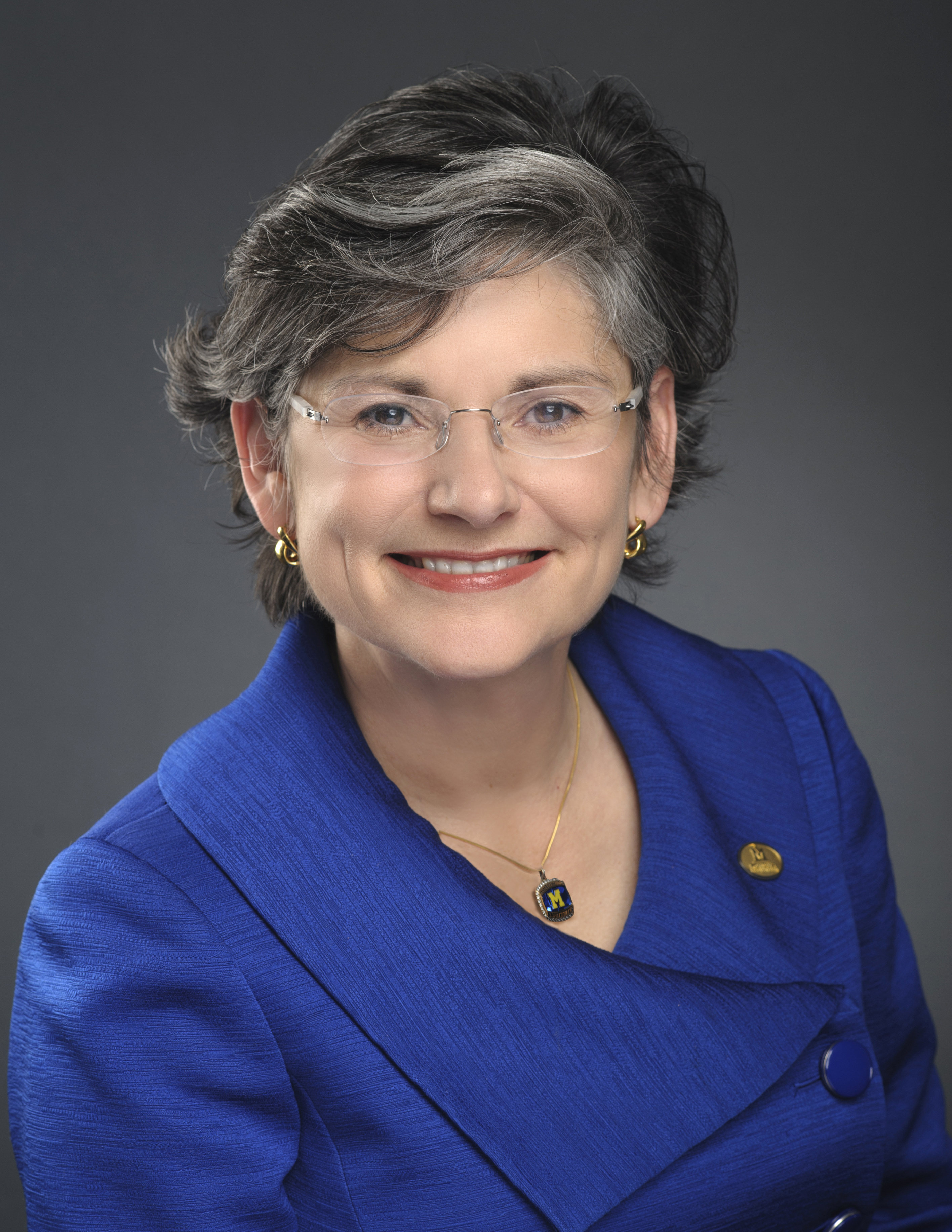Message from MSU President Waded Cruzado

Dear MSU Community,
Welcome to your university, Montana State, and to these pages focused on your university’s commitment and efforts related to diversity and inclusion.
Whoever you are, and wherever you come from, you are warmly welcomed here.
As a land-grant university, Montana State University has a proud tradition dating back to our founding in 1893 of serving students from all corners of our state and world. Your university strives to advance the ideals of human worth and dignity for all, and it is dedicated to creating an inclusive community that embraces a rich mix in the composition of its student body, staff and faculty. The distinction in viewpoints that comes from differences in race, gender, age, language, socioeconomic status, religion, political affiliation and geographical background are appreciated and valued at MSU as important aspects of the campus community at every level and in every sector of the campus.
It’s important to acknowledge that higher education hasn’t always been open to all. Prior to the signing of the 1862 Morrill Act, which created the public land-grant university system, higher education was an exclusive and socially homogeneous endeavor. With the Morrill Act, higher education opened its doors to the daughters and sons of the working families of every state and territory in the Union. Although the act’s namesake, Justin Morrill, a senator from Vermont, had successfully argued that access to higher education should not be limited based on race, the South chose to create black-only colleges and universities rather than integrate. In 1890, the Second Land-Grant Act was passed, which began the process of making higher education available to African Americans. It would take many more generations before this racial barrier came down, but Morrill set the nation on an important path of embracing diversity in education.
More than 100 years later, Congress passed a third act known as the Equity in Educational Land-Grant Status Act of 1994, which conferred that land-grant designation to 29 tribal colleges and universities. Thanks to the leadership of then-MSU President Michael Malone, this piece of legislation extended this designation to our country’s Native Americans, and, with them, seven colleges in Montana.
I share this history as a reminder that our nation’s understanding and definition of diversity has evolved and will continue to do so. The same is true for Montana State University. We have many achievements to be proud of – including the creation of the Diversity and Inclusion Framework Report, which was produced with input from hundreds of students, faculty and staff members; the approval of a university-wide strategic plan with embedded diversity metrics; our investment in an extensive campus climate survey to help guide our efforts; and the completion of a successful national search for an inaugural Senior Diversity and Inclusion Officer to lead our university’s work in these important areas. At the same time, there is more work to be done.
This work is important. We live in a time of great polarization, when differences are not always respected. Higher education institutions must foster civil and honest conversations about critical topics and develop responsible citizens who can address the grand challenges of the world. And, no matter what profession students plan to pursue, they will need to be able to effectively work with people from diverse backgrounds.
In the future, very few of our graduates will spend their lives working and living in communities where everyone is just like them. That will be the exception. The rule will be communities and workplaces that are rich blends of people from different countries, races, religions, sexual orientations and identities, gender identities and expressions, ages, political affiliations, and other facets of diversity. By embracing and fostering diversity on our campus, we enrich the lives of our students and prepare them for the world.
With you, I look forward to advancing Montana State University’s commitment to building a more diverse and inclusive community. Together, our differences will become our strengths.
With hope for the future,
Waded Cruzado
President, Montana State University
